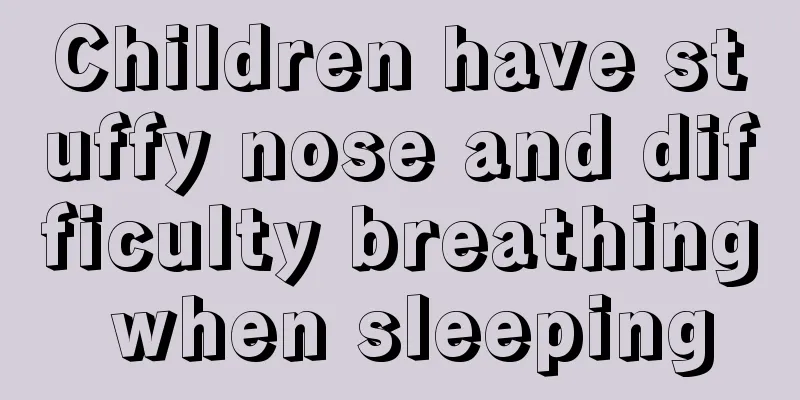How to deal with heat rash in children?

|
With the arrival of spring and summer, many children can take off their thick clothes and play freely and happily. However, spring and summer are also the peak seasons for pediatric skin diseases. Various prickly heat and rashes cause great discomfort to children. Among them, pediatric heat rash is one of the more common diseases. Let’s take a look at how to deal with pediatric heat rash. Heat rash is a symptom of a light red rash on a child's skin when the temperature around the body is too high. This rash will disappear soon after the child's skin cools down. Heat rash usually appears on the child's face, neck, shoulders, elbows, groin, armpits and other parts of the body. The reason why infants and young children suffer from heat rash is that their sweat glands have not yet fully developed. When the temperature of the surrounding environment is too high, the skin regulates the body temperature through sweat gland secretions, but incomplete regulation function will cause heat rash. If the child's rash does occur in a high ambient temperature, parents can generally do the following: 1. Undress your child and see if he or she is really too hot. Give your child a good bath with warm water. There is no need to wipe the water off the child's body completely. The child's skin can be cooled down smoothly by the evaporation process of the water remaining on the skin. Be sure to let your child wear pure cotton underwear, which is more breathable and easy to absorb sweat. The clothes you give your children must be appropriate. Don't think that the more clothes they wear, the better. 2. Pay attention to the ventilation of the baby's room and the temperature should not be too high. If the child's heat rash has not subsided after 12 hours of the above treatment, the child should be taken to the hospital for treatment. 3. After bathing, let the baby's body dry naturally and do not wipe it with a towel. Do not apply ointment or cream to prickly heat, as this will prevent moisture from evaporating and make the prickly heat worse. 4. Be sure to trim your child's nails to prevent them from scratching their skin when they have itchy prickly heat. In short, keep your baby clean and refreshed, but not so cool that he catches a cold. Although prickly heat is not terrible, if it does not get better after a few days and gets worse, or if the body temperature is as high as 38, it is recommended to go to the hospital. |
<<: Can baby food cure eczema?
>>: How to determine if water has entered a baby’s ears and what to do?
Recommend
Child's head is sweaty and his hands and feet are cold
If a child has sweat on his head and cold hands a...
Pain of baby's first teeth
When the baby grows its first tooth, many parents...
There is a bump on the baby's head
There are many types of situations when a baby ha...
Baby has coffee spots on face?
Many babies have coffee spots on their faces in l...
Causes of sebaceous nevus in newborns
Many people in our lives will have sebaceous nevu...
How to treat amblyopia in children? Please do all the work well!
Parents, please take note: if your child has eye ...
How to deal with burns and blisters in children?
Burns are closely related to friends who are enga...
What should children pay attention to when growing beans?
I believe that many people have experienced chick...
What is the reason for high red blood cell count in children's urine routine
There are many reasons why children's routine...
How to cure indigestion in babies
Indigestion is a common disease among children. T...
What to do if your baby's skin is rough
The baby's skin is rough, which is a very abn...
Physical cooling of a child with a high fever of 39 degrees
I know a lot of mothers, and they always say that...
3 tips for your baby to supplement iron and prevent iron deficiency anemia
Infants and young children are very prone to iron...
What to do if your baby's lips peel
Whenever the weather gets dry in autumn and winte...
What should a three-month-old baby with anemia eat?
As soon as the baby is anemic, parents will be ve...









